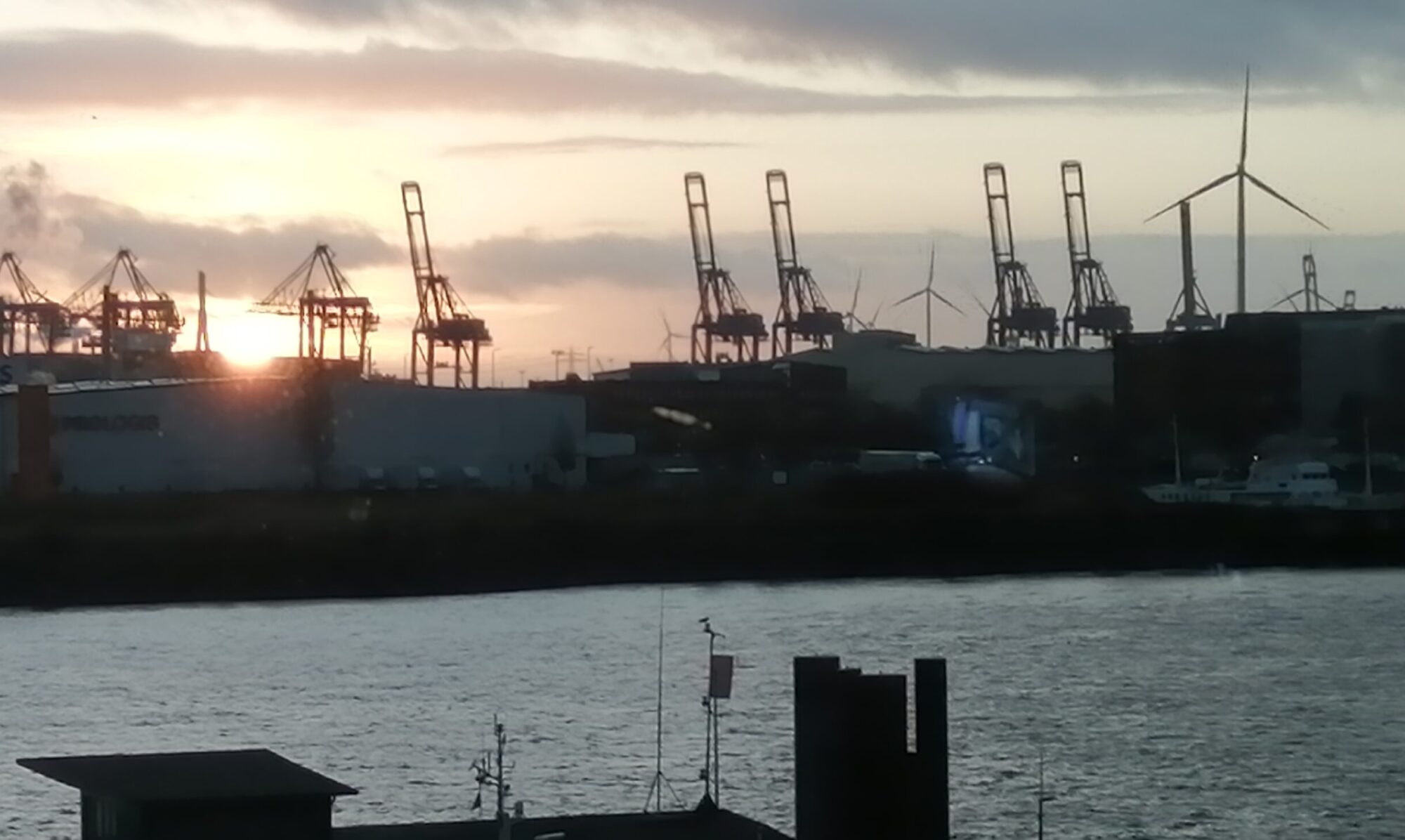| By Olivia Rudgard in Bloomberg Greener Living |
| An “otherworldly” experience |
At over 800 feet tall, the sheer size of wind turbines is often used against them. Speaking in Britain’s House of Commons last year, then-MP Neil Parish expressed a typical view: “Why do people come to many of our great constituencies? Because they are beautiful … But I promise that they do not come looking for solar or wind farms.”Except there is growing evidence that, at least sometimes, they do. A number of companies now offer wind farm tours to curious tourists who are keen to understand how the turbines work and what they’re like up close. While there’s no data to indicate the size of this nascent slice of the hospitality sector, there is ample research to suggest that travelers are not only unfazed by wind farms, but find them objects of fascination.“They’re the biggest rotating devices on the planet. They dwarf a 747. At sea, they’re a little otherworldly,” says Jeremy Firestone, a University of Delaware professor who took students to visit a wind farm off of Rhode Island in 2016. He called the experience “like Disneyland for adults.” The Ørsted Block Island Wind Farm off the coast of Rhode Island. Photographer: Eric Thayer/Bloomberg The Ørsted Block Island Wind Farm off the coast of Rhode Island. Photographer: Eric Thayer/BloombergThe wind farm Firestone visited, about four miles from Block Island, has been in operation since 2016: It was the first commercial offshore wind farm in the US. Tours started the same year, and now run around five times annually. Boat and tour captain Charlie Donilon says many of his clients are academics looking to learn more about renewable energy, but some are pleasure-seekers throwing in a wind farm tour alongside lunch and a trip to the nearby lighthouse.“It’s hard to believe that these giant structures were built by man,” Donilon says. “You might put them in the same category as the space shuttle, or the Hoover Dam.” Windy sites are often already wild, beautiful places that depend on visitors for their economy, making it particularly important to understand how tourists feel about visible turbines. Last year, Scottish consultancy Biggar Economics conducted a study meant to evaluate whether a proposed onshore development in Wales, visible from 13th century Caerphilly Castle, would hurt visitor numbers. It found that visits to Scotland’s Stirling Castle had risen by 60% since the construction of a similarly visible wind farm, although the trend was driven by “the Outlander effect” — a historical Starz TV drama that has boosted interest in Scottish castles. Still: Views of modern turbines from the ramparts did not seem to prevent fans from indulging in fantasies of rolling hills populated by 18th century Highland warriors. “People are less sensitive to the visual impact than you might think,” says Simon Cleary, economics director at Biggar. Off the coast of Denmark, the Middelgrunden wind farm offers visitors the rare opportunity to actually step inside. For 12900 kr ($1,853) per group, small tours ascend over 210 feet of internal ladders to reach the top of one turbine, and a view of 19 others. Last year, Middelgrunden ran around 30 tours, with founder and civil engineer Hans Christian Soerensen present at each to answer questions.“People are scared about what they don’t know about,” Soerensen says. “That’s what we try to demonstrate here in Copenhagen when we have people visiting. This is really not a monster.”  The view from a Middelgrunden wind turbine. Photographer: Carsten Snejbjerg/BloombergFirestone says interest in boat tours like these, as well as viewing turbines from the shore in “curiosity trips,” might simply outweigh any negative effect of their being built. Cleary points out that the offshore Rampion Wind Farm, completed in 2018, is visible from Brighton Pier, one of England’s most popular free tourist destinations. A proposed expansion of the farm now faces concerted local opposition, but the existing 116 turbines haven’t yet dented interest in the English holiday town. Paul Dyer, the owner and skipper of charter company Brighton Diver, has offered a boat tour since the Rampion farm opened. Many of his clients are locals who see the turbines from the south coast every day and want a closer look. “It’s turning on the tourists, if anything,” he says. “There were a lot of people against it before they built it, and then it’s grown on everybody. It looks nice — especially at night, when they light it up. The view from a Middelgrunden wind turbine. Photographer: Carsten Snejbjerg/BloombergFirestone says interest in boat tours like these, as well as viewing turbines from the shore in “curiosity trips,” might simply outweigh any negative effect of their being built. Cleary points out that the offshore Rampion Wind Farm, completed in 2018, is visible from Brighton Pier, one of England’s most popular free tourist destinations. A proposed expansion of the farm now faces concerted local opposition, but the existing 116 turbines haven’t yet dented interest in the English holiday town. Paul Dyer, the owner and skipper of charter company Brighton Diver, has offered a boat tour since the Rampion farm opened. Many of his clients are locals who see the turbines from the south coast every day and want a closer look. “It’s turning on the tourists, if anything,” he says. “There were a lot of people against it before they built it, and then it’s grown on everybody. It looks nice — especially at night, when they light it up.”Read and share a full version of this story. Like getting the Green Daily? Subscribe to Bloomberg.com for unlimited access to breaking news on climate and energy, data-driven reporting and graphics and Bloomberg Green magazine. |

Personal Page: Energy Finance, Wind Energy, Market Sentiment